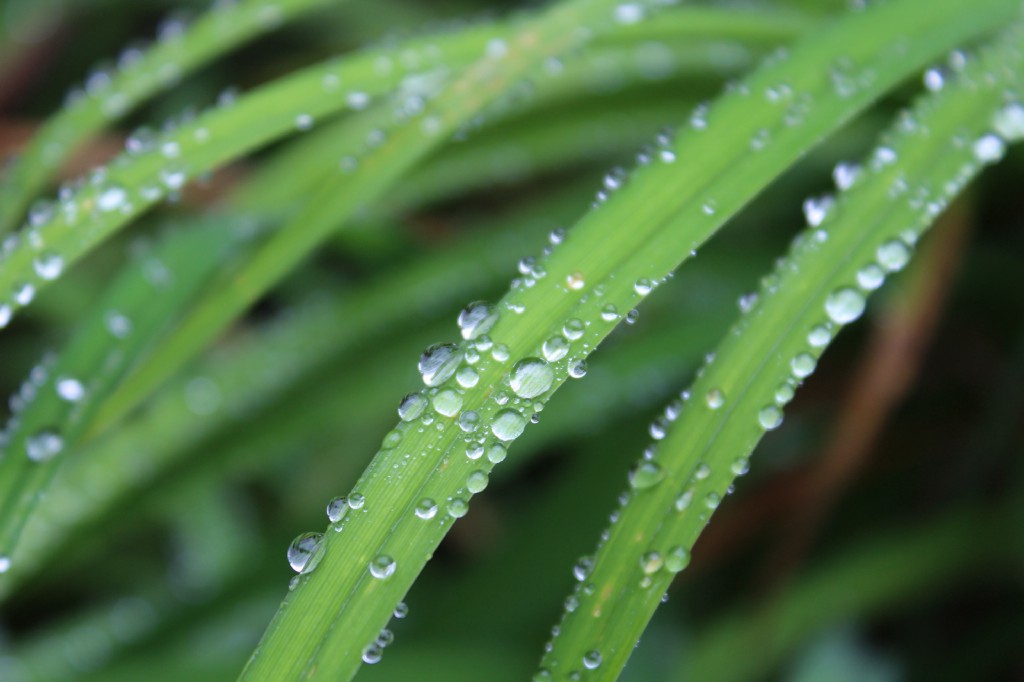The world’s agricultural regions face serious water-related challenges: polluted sources, excessive flooding, groundwater depletion and drought.
A new report from the Organisation for Economic Co-operation and Development, Water Risk Hotspots for Agriculture, explores these challenges and identifies the food-producing regions most likely to experience water crises in the future.
The results are unsettling: Looking at water risks across 142 countries, the study finds that water-related problems could negatively impact food production, markets and prices, food security and socio-economic progress.
Food-producing regions in three countries — Northwest India, Northeast China and the U.S. Southwest — face the greatest risks, mainly because they combine diversified agriculture, declining groundwater supplies and unstable surface-water levels.
Although these aren’t the only places affected by changing weather patterns and human activity, food-production problems here can have an outsized impact on markets and food security internationally. (Looking to 2050, the report says that Brazil, China, India, and the U.S. will account for about half of global agriculture production.)
The report also looks at the crops that could be affected in the short and long term. For instance, Northwest India is the source of much of the country’s subsidized rice and wheat supplies.
The report is less detailed in laying out solutions, placing responsibility for action on farmers, agribusiness and policymakers. Governments, it says, need to adopt a three-tiered approach that includes policies such as water cap-and-trade systems, improved trade relations and international collaboration in the form of financial assistance and information and technology sharing.
As an example, the report cites a successful partnership among China, Western U.S. states and the Australian government to learn about the water markets in Australia’s Murray-Darling Basin.











